

Kids and language learners should pick bilingual audiobooks they like.
We believe in interest based learning.
If children are interested in the book topic, they will naturally read longer.
Everyday language exposure is key when learning a new language.
Let me repeat that!
Everyday language exposure is key when learning a new language.
Listening and comprehension are the keys to success.
Line-by-line audio in both languages makes learning easier.
Learners hear translations and quickly build useful vocabulary.
Our bilingual audiobooks are a perfect addition to any language program.
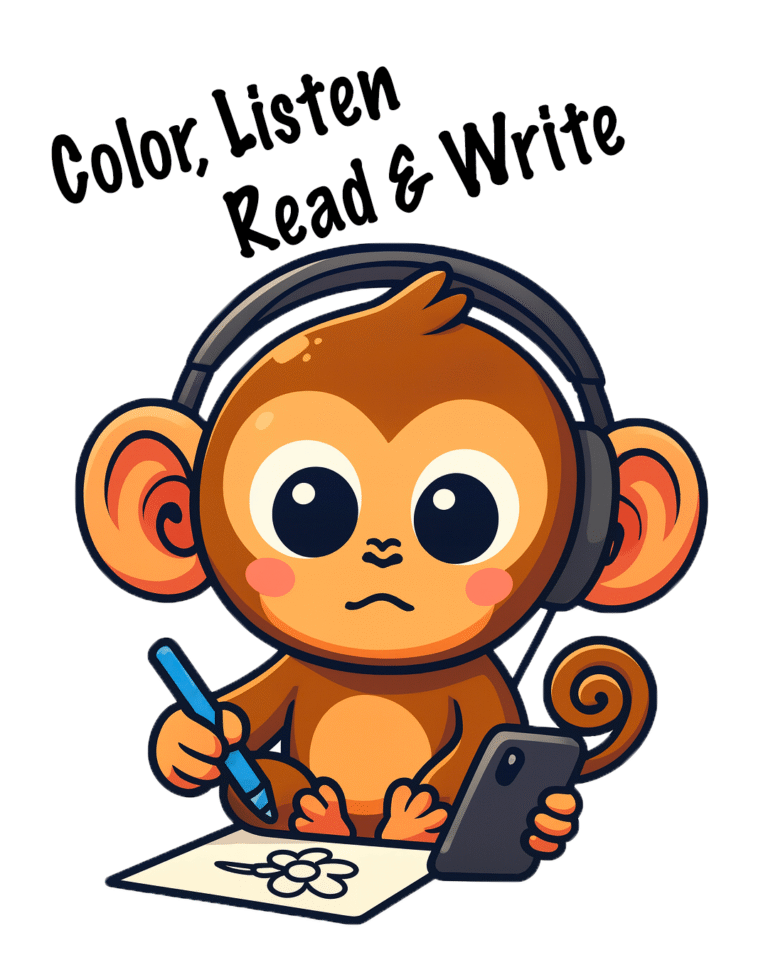
Our early readers section is great for young children.
Each bilingual audiobook also has a worksheet. Coloring helps kids focus while they listen.
We recommend kids color one sheet of a bilingual book a day.
Kids can color and listen to the bilingual audiobook on repeat.
The last page of each book has the entire book audio available on repeat.
Find books easily with QR codes.
QR codes are on the first page of the PDF. They can also practice writing book lines.
At the end, there is a word search.
Kids can learn vocabulary in a fun way while listening to the bilingual audio!
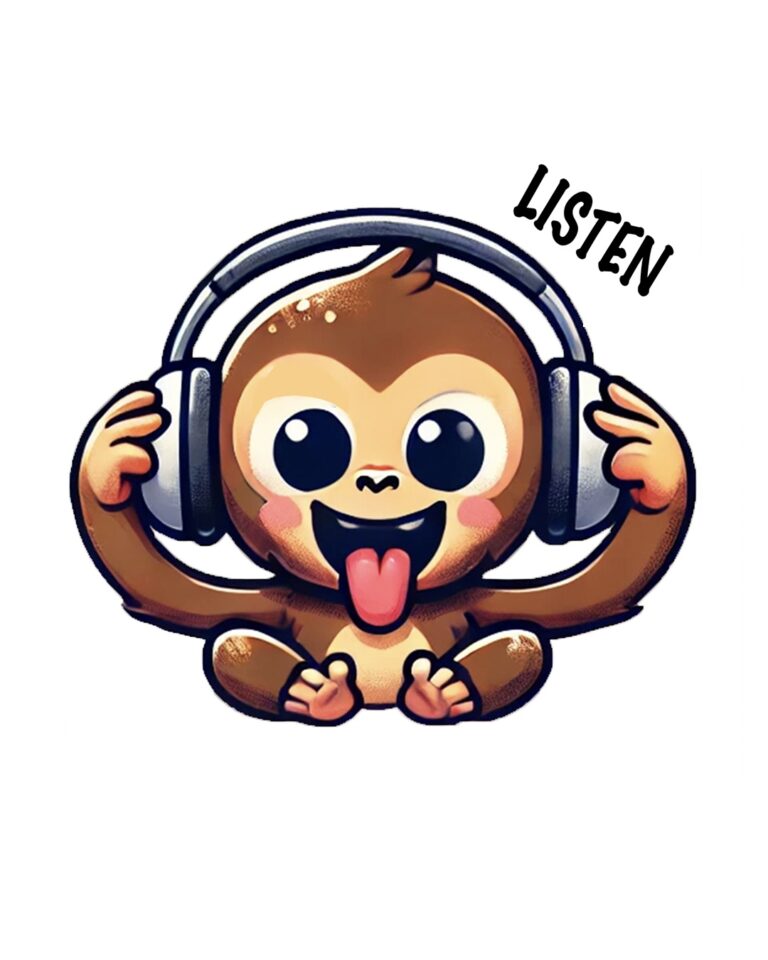

The Progressive Readers section helps students learn more about the books they like.
We call this “INTEREST BASED LEARNING”
For example, if they liked the book “The Life of a Star,” they can learn more about stars in this section.
By selecting the same book cover, readers access the same book pages with longer text and more facts.
This keeps learners engaged, reading and listening for a longer time.
They continue building language skills and knowledge, in two languages.

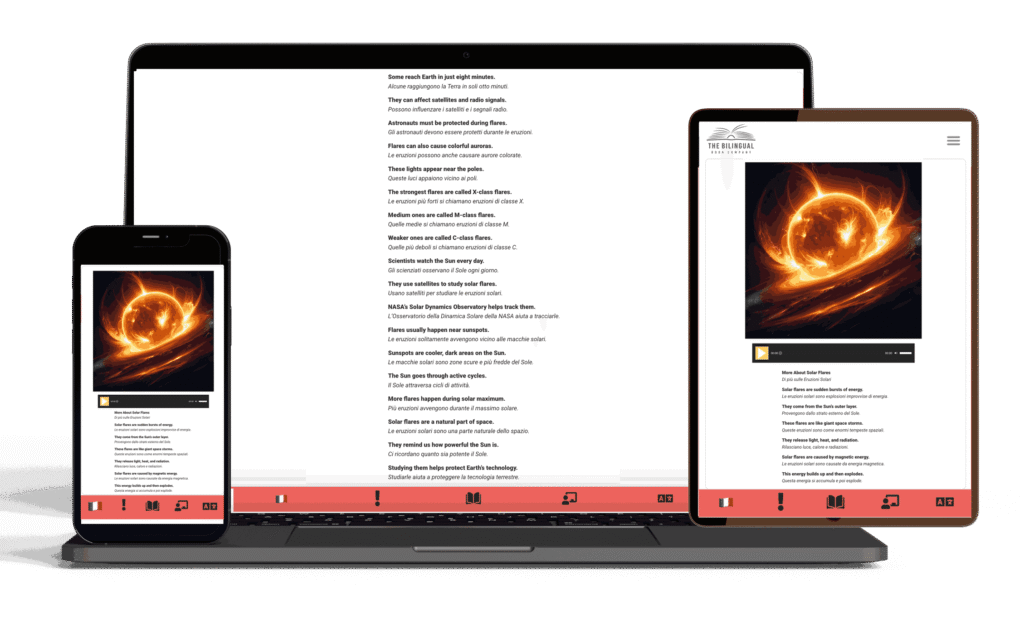




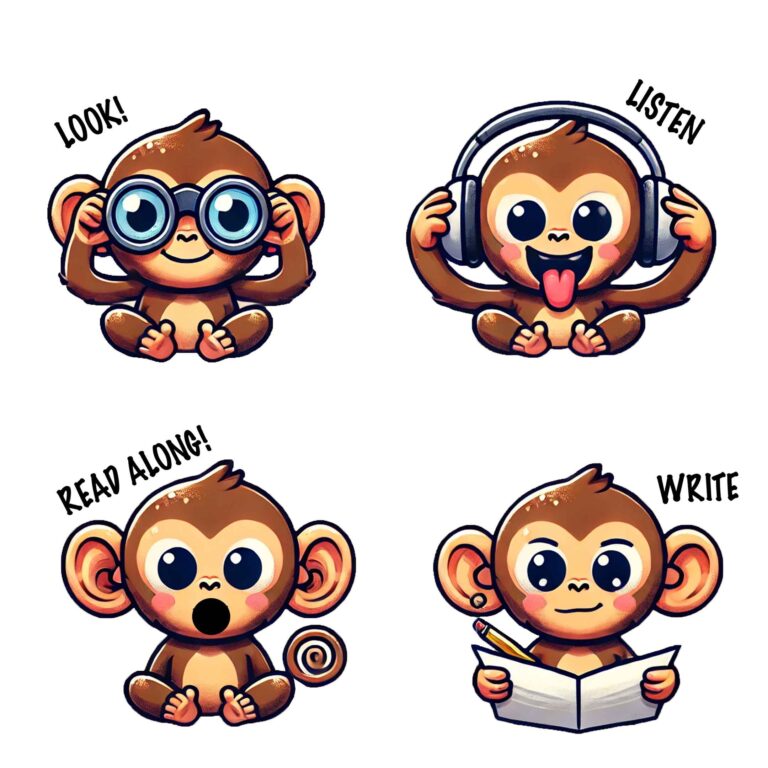



Look at the repeating lines.
Seeing repeated sentences in two languages helps us recognize verb conjugation rules.
It strengthens our ability to memorize grammar rules through pattern recognition.
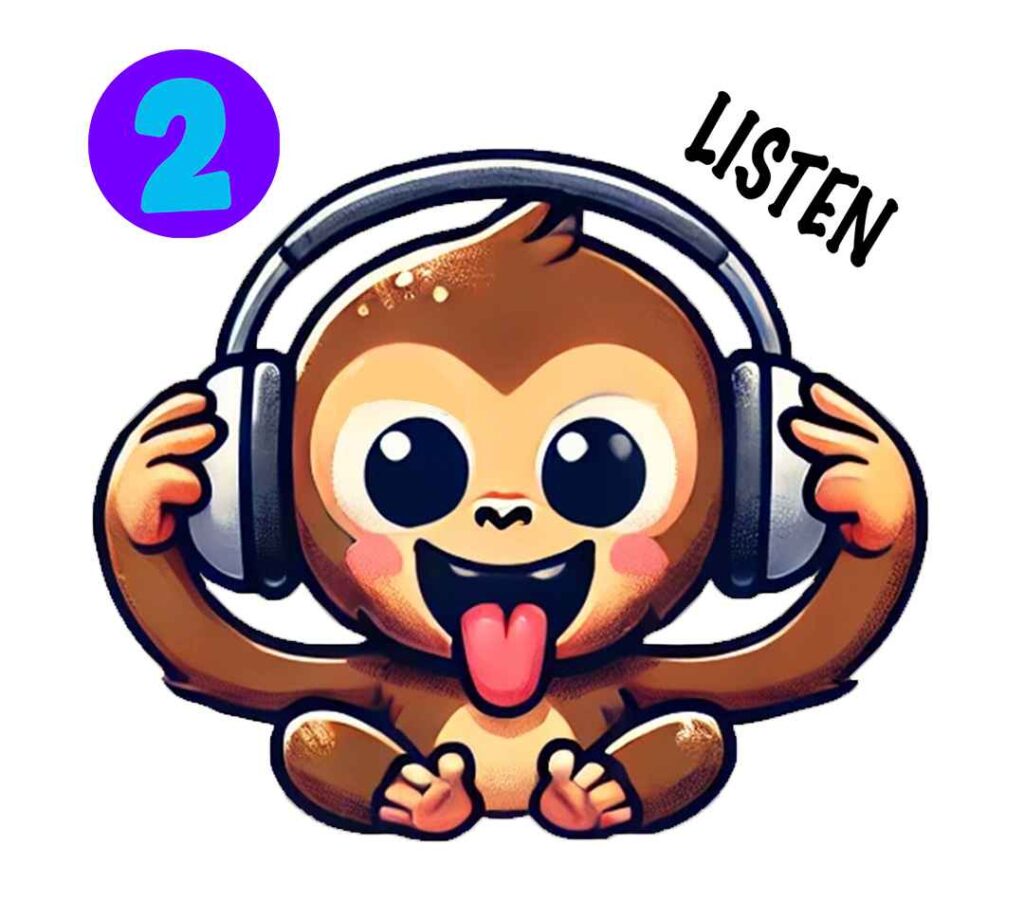
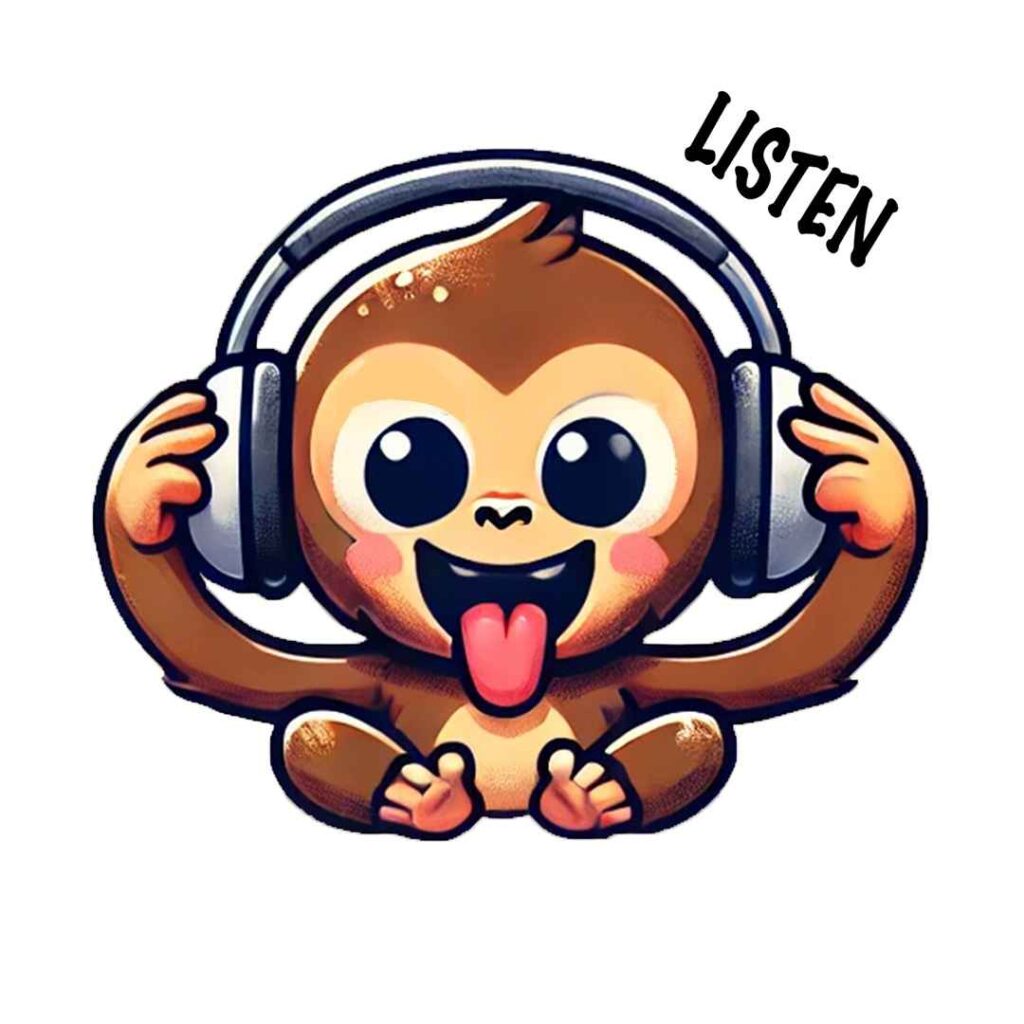

Listen to bilingual audio.
Listening and everyday language exposure are important for gaining fluency.
Listening to the translation is equally important.
Line-by-line translation with audio helps improve comprehension.
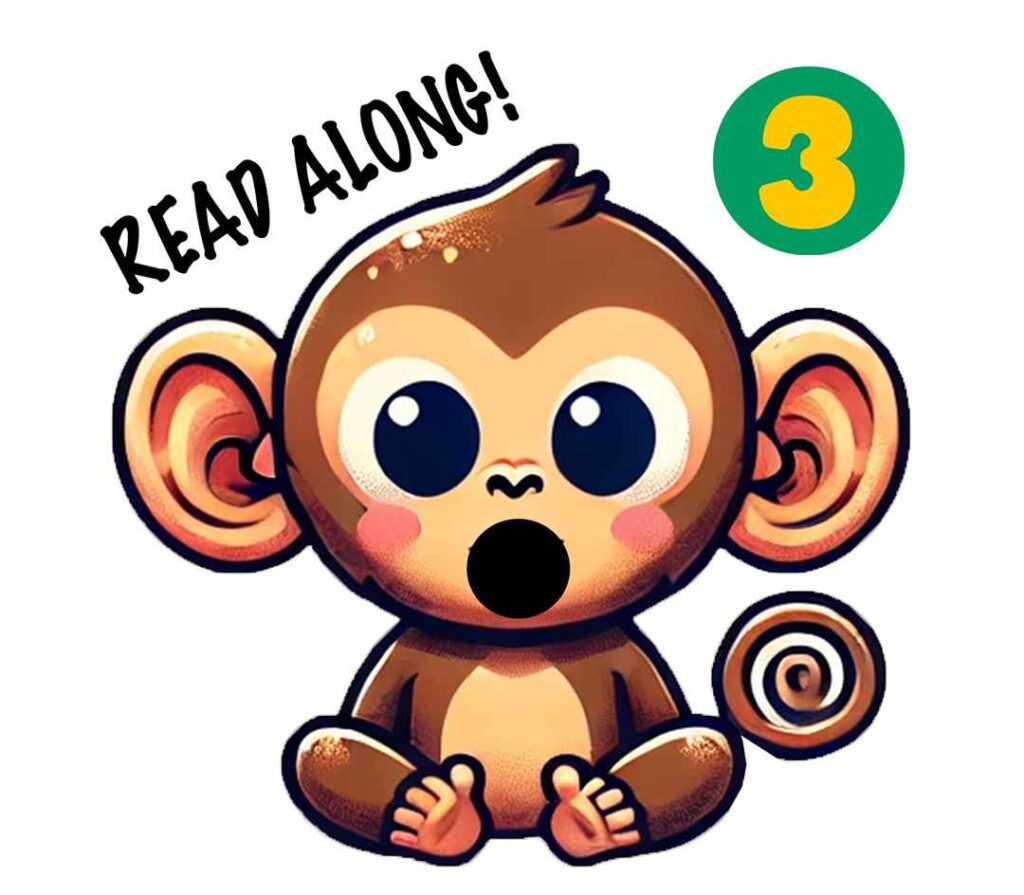


Read along… out loud!
After looking at the sentences and listening to the pronunciation, read out loud!
Short sentences make it easy to read with the audio.
This method helps children and language learners develop both reading and speaking skills.
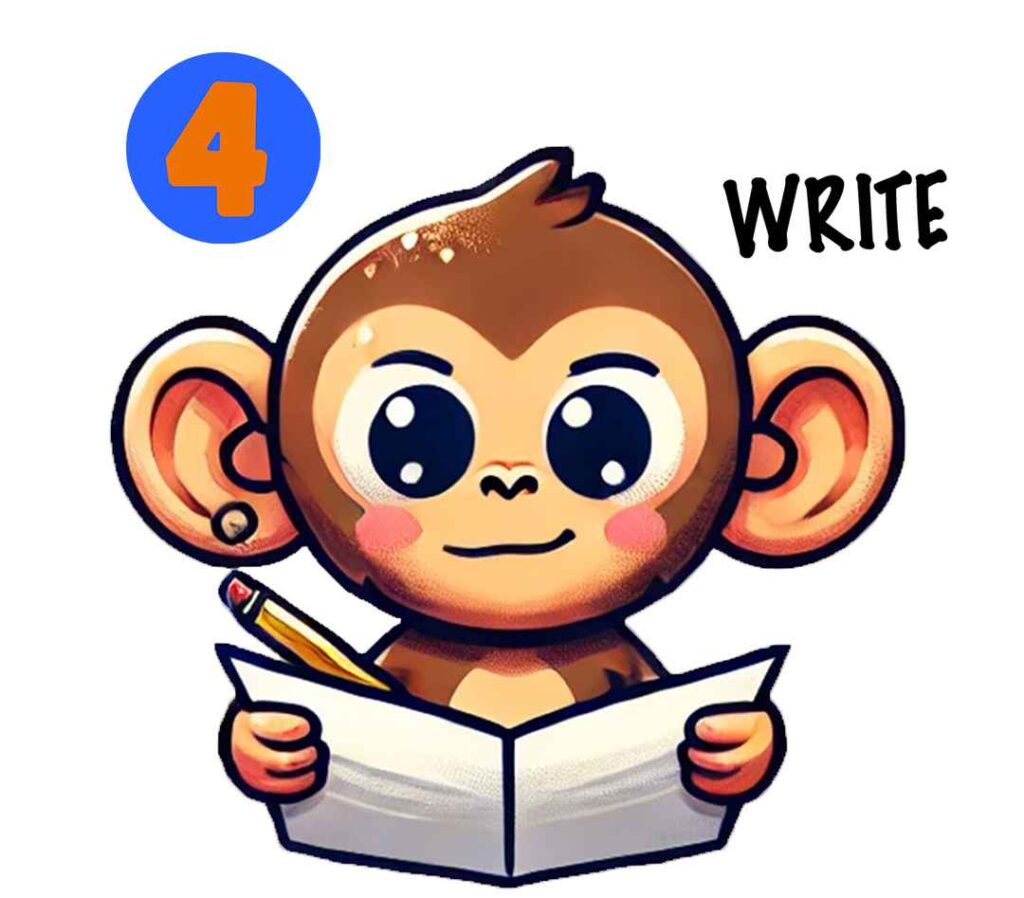


Write sentences using the provided worksheet.
Writing reinforces memory and understanding.
Use the worksheet to write in two languages or one language.
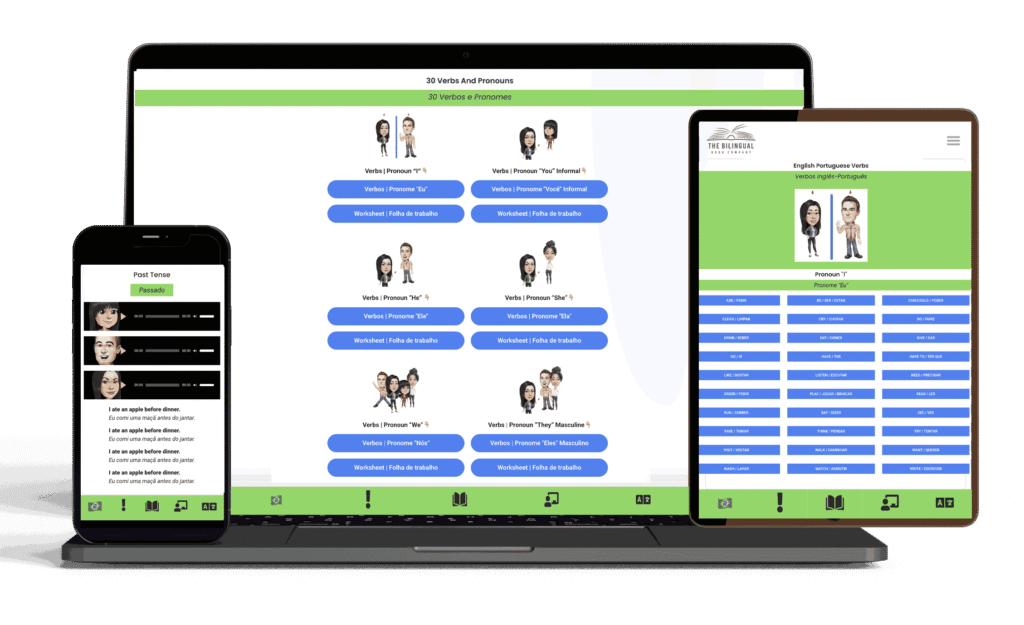
We recommend starting with just one pronoun ”I” and learning one verb per week.
Each week, focus on learning and memorizing five simple sentences.
Aside from learning one verb per week, also explore bilingual audiobooks.
Listen to and read one book per day that interests you to increase exposure to the language naturally.
I am going to eat an apple.
Je vais manger une pomme.
I am going to eat an apple.
Je vais manger une pomme.
I am going to eat an apple.
Je vais manger une pomme.
I am going to eat an apple.
Je vais manger une pomme.
I am going to eat an apple.
Je vais manger une pomme.
I am going to eat an apple.
Je vais manger une pomme.
Learning a language is about consistent exposure and repetition. Immersion is the fastest way, but most of us cannot live abroad or enroll in bilingual schools.
That is why I created a system that brings daily language exposure directly to you. Bilingual audiobooks from The Bilingual Book Company focus on the most important skills for learning a language: listening, reading, and writing.
Each book is designed with line-by-line translations so that comprehension feels natural and progress builds steadily.
For Early Readers (ages 4 and up):
For Ages 7+ or Kids Who Can Already Read and Write in One Language:
Note, on lazy days just listen to a bilingual audiobook for daily language exposure!

I made all these materials to accelerate the language learning process and I wanted to give students access to everyday language exposure through listening to bilingual audiobooks.
I never created this content with the intention of replacing teachers. I have had many teachers. I made these materials to give students affordable language exposure. That said, for those who cannot afford or do not have access to language teachers, this site offers a way to continue learning independently.
Learning languages is a human experience. A teacher who loves their work, who cares for children, and who truly wants to see them succeed is irreplaceable, the greatest motivator of all.
We have all heard the saying that one teacher can change a student’s entire journey. So, my advice to every teacher using my platform is this: please use these bilingual learning materials with enthusiasm, patience, and love. When you do, your students will not only learn a language, but also feel inspired to love learning itself.
Angeline Pompei holds a degree in Aerospace Engineering and is certified in TEFL to teach English as a second language. She is also a member of Mensa high IQ society. As a language learner herself, she understands the challenges that come with acquiring a new language. Her materials are created not only to help students master languages but also to strengthen the brain’s capacity for foundational problem-solving skills.
For more details, see her full bio.
Listen to bilingual audiobooks every day and remember to have fun!
These are the materials I wish I had when I started learning Spanish and French.
I hope these bilingual books and bilingual materials, help you get closer to your language goals.
Bye for now!
Angeline


Important Notice!
In order to see the bilingual text on this site, please turn off all page translators.